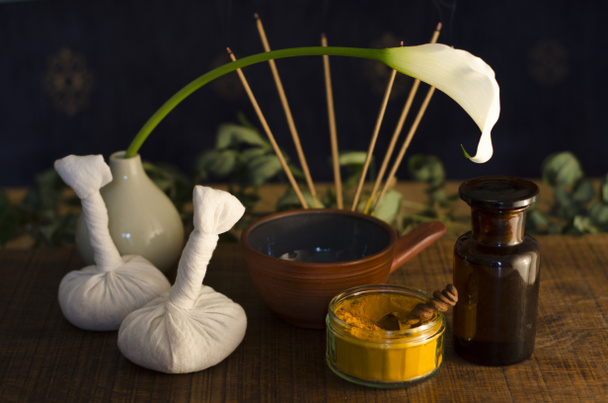Caraka Samhita mentions three desires one should fulfil in their lifetime for a happy, successful life. इह खलु पुरुषेणानुपहतसत्वबुद्धिपौरुषपराक्रमेण हितमिह चामुष्मिंश्च लोके समनुपश्यता तिस्र एषणाः पर्येष्टव्या भवन्ति । तद्यथा – प्राणैषणा, धनैषणा, परलोकैषणेति । । ३ ।। Prana Eshana The desire to live well with happiness and longevity. This is the initial kind of consciousness that is physically constrained and confined within the body. It unveils the innately biological consciousness (Prana Eshana) that each and every one of us possess from the time of our birth. Because of this awareness, we are able to continue living and take part in the play that is life. Dhana Eshana The desire to earn money legally, in the right way. The biological self and the phenomenal world are connected through the second kind of consciousness, known as Dhana Eshana, which is associated with the material world. The world’s material splendours now reflect the self. We pursue material possessions like designer clothes, spacious homes, real estate, land, and sizable savings accounts. This searching for outside things along with our yearnings, aspirations, desires, and dreams is a significant portion of our existence. We live through them, and in a daily sense, these material endeavours give our lives meaning. Paraloka Eshana The desire to attain Moksha or enlightenment, to reach higher consciousness. Paraloka Eshana or Moksha is the playing out of an evolved awareness that has transcended the body and this bright, phenomenal world in its quest for transcendence and escape from whatever bonds that the first two may impose. This is the reason the itinerant monk remains unconcerned about his physical form and worldly possessions. Propelled by a spiritual inclination or awareness, he sings of realms beyond. It is impossible to foresee when one instinct will become dominant over the others or which of the three desires in life will eventually take precedence over the others because each soul on a trip follows a road that is entirely unexplored and absolutely unique. At any given moment, the dominant instinct will trigger associated thoughts, wants, acts, and results of those actions (Karma). We can deeply know and repair our biological, material, and spiritual selves by letting our impulses play out. If you are struggling with any health issues, you can book a consultation with us or give us a message via WhatsApp at +91 79074 89839. We have the Best Ayurvedic Doctors in Trivandrum who is always glad to helps you . If you have any queries, contact us. You can also visit.
Three desires to fulfil in life


